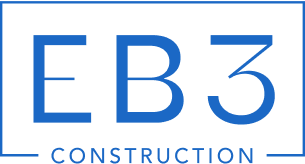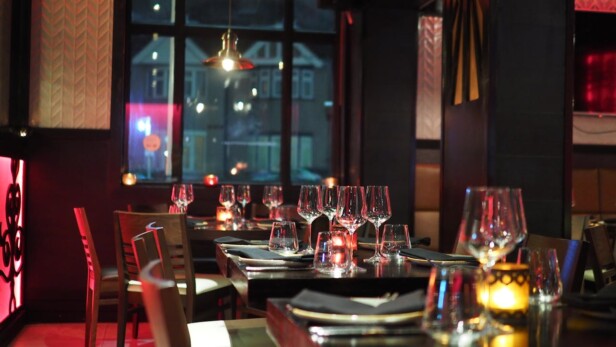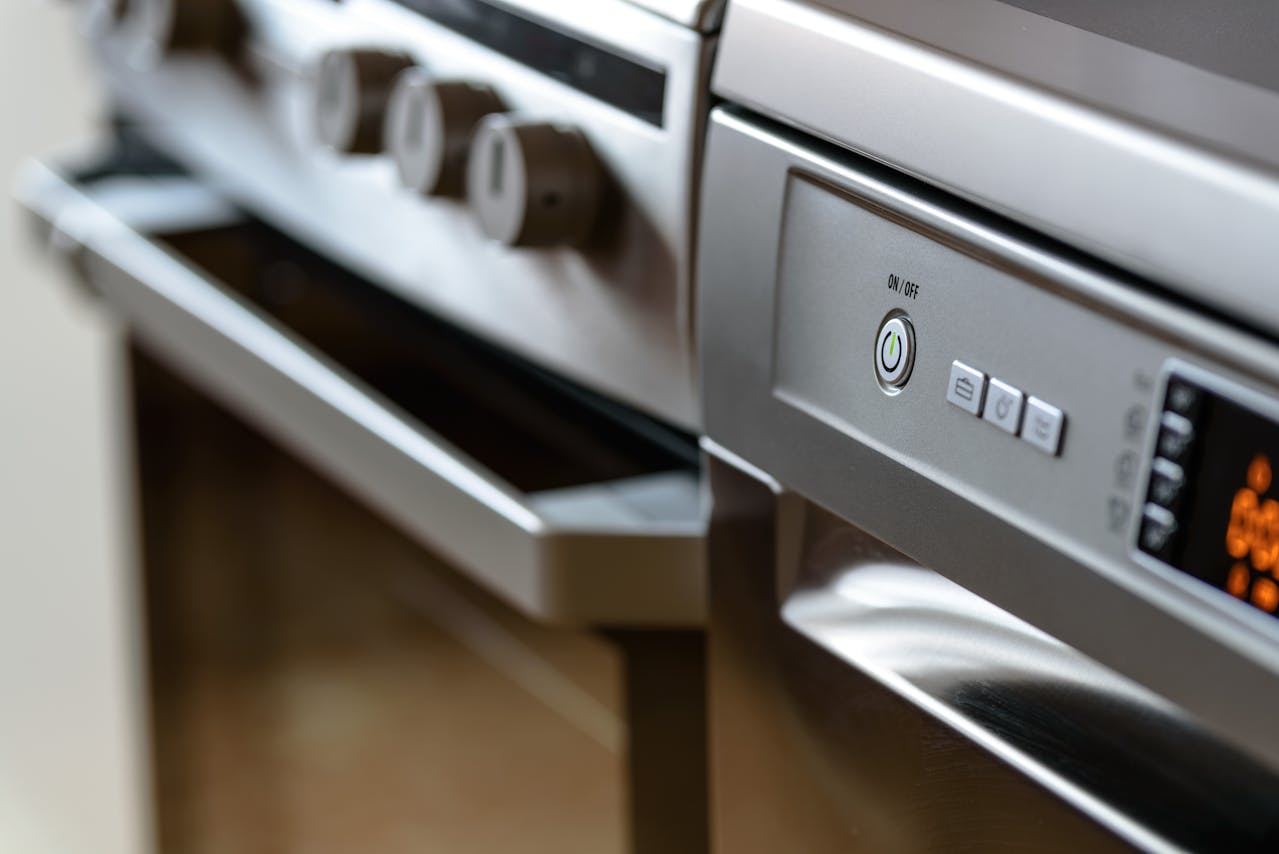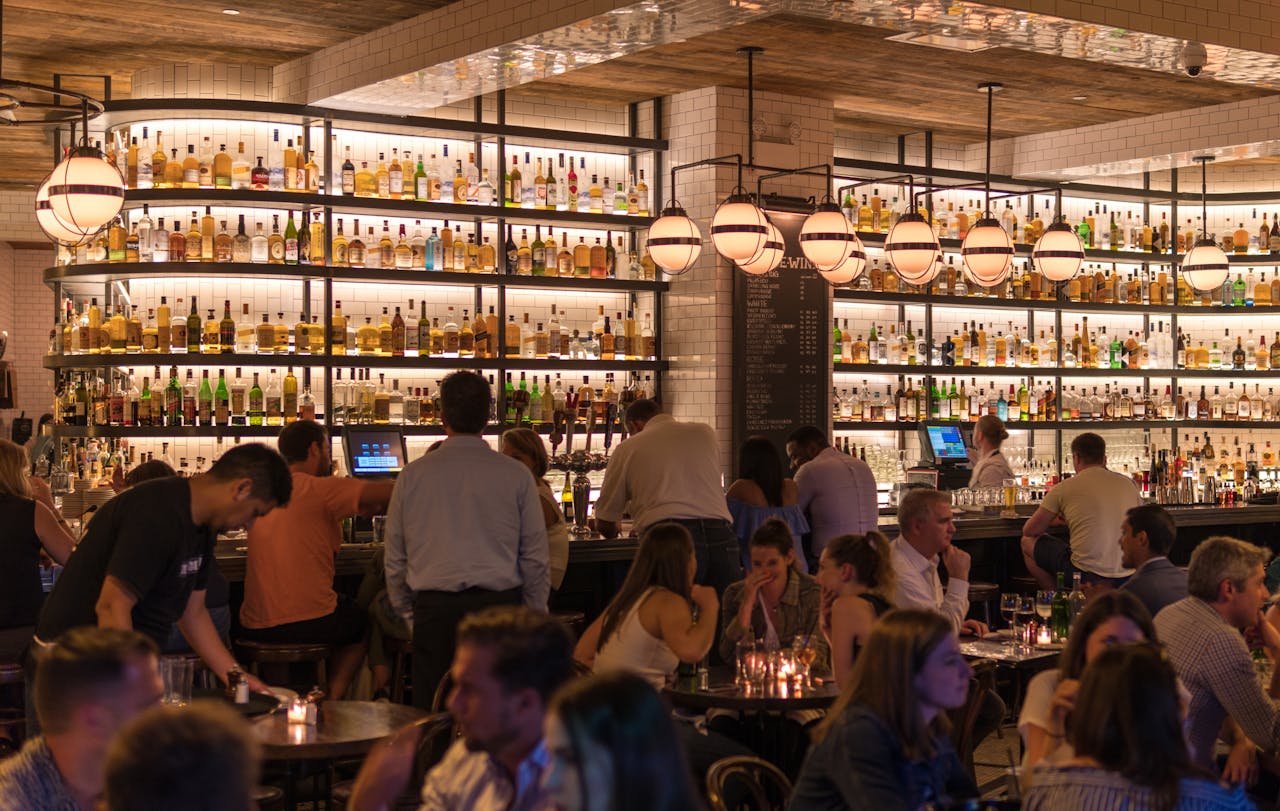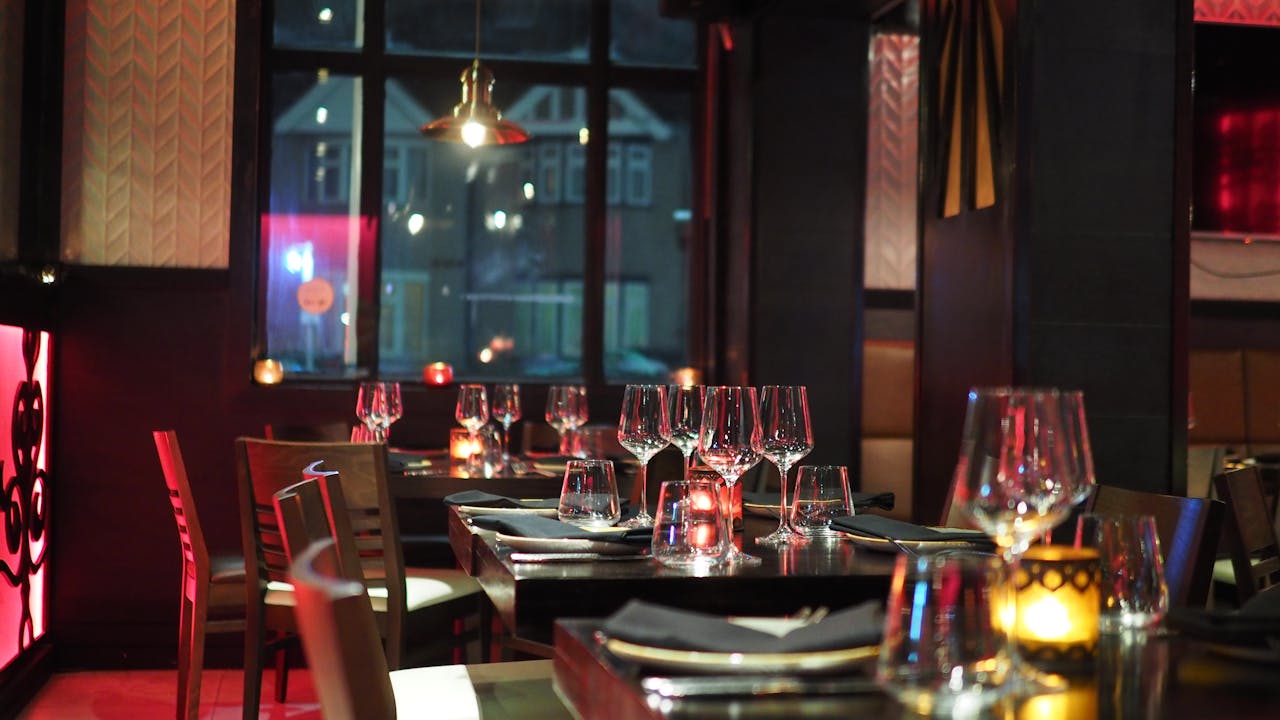Restaurant construction projects require 30% more coordination than typical commercial builds due to complex health codes and specialized equipment requirements. These projects demand contractors who understand both construction fundamentals and the unique operational demands of food service environments.
A restaurant interior build-out contractor plans and delivers the spaces guests and staff use every day. We coordinate renovations, build-outs, ground-up interiors, and additions while managing MEP upgrades, custom millwork, equipment installation, and final inspections to get doors open on time.
Which Spaces And Systems Are Included In A Restaurant Build-Out?

Kitchen Areas And Equipment Installation
Kitchen renovations form the backbone of most restaurant projects. We typically handle equipment installation for commercial-grade appliances like ovens, ranges, fryers, and refrigeration units. Walk-in coolers and freezers require precise temperature controls and specialized electrical connections.
Food preparation areas need stainless steel surfaces, proper drainage, and dedicated workstations. Equipment coordination involves timing deliveries with utility connections to avoid construction delays. Storage areas for dry goods, cleaning supplies, and inventory also fall within our scope.
MEP Systems And Infrastructure
HVAC systems regulate temperature and air quality throughout dining and kitchen areas. Restaurant ventilation requires specialized exhaust hoods, make-up air units, and grease management systems. Plumbing upgrades support dishwashing stations, prep sinks, and restroom facilities.
Electrical work includes dedicated circuits for heavy equipment, lighting controls, and point-of-sale systems. We coordinate MEP trades to ensure proper load calculations and code compliance. Fire suppression systems integrate with kitchen ventilation to meet safety requirements.
Dining Room Features And Seating
Built-in banquettes and booths maximize seating capacity while creating defined spaces. Custom millwork adds character through built-in shelving, hostess stations, and decorative elements. Flooring selections must withstand heavy foot traffic and frequent cleaning.
Bar build-out includes plumbing for sinks and ice machines, refrigeration for beverages, and display areas for bottles. Wine storage requires climate control and proper racking systems. Food display cases need electrical connections and temperature monitoring.
Lighting And Visual Elements
Lighting systems create ambiance while providing adequate illumination for safety and operations. We install pendant lights, recessed fixtures, and accent lighting to highlight architectural features. Menu signage requires proper mounting and electrical connections for backlit displays.
Drive-through stations involve specialized equipment installation, including menu boards, communication systems, and payment processing hardware. Window replacements improve energy efficiency and enhance the guest experience.
Exterior Elements And Accessibility
Exterior façades and entryways impact first impressions and operational flow. We handle storefront improvements, entrance modifications, and accessibility upgrades. Staircases and ramps must meet ADA requirements and local building codes.
Outdoor dining areas require weather protection, heating elements, and electrical infrastructure. Signage installation includes permits and structural considerations for larger displays.
How Does The Build-Out Process Work From Pre-Construction To Handover?
Restaurant build-out projects move through distinct phases that we coordinate to deliver functional spaces efficiently. Each phase addresses specific needs while maintaining momentum toward opening day.
Pre-Construction Planning
We begin by aligning on project scope with owners and architects. Site conditions get thoroughly assessed to identify potential challenges early. Our team evaluates structural requirements, utility access points, and existing MEP systems to establish realistic timelines and budgets.
Value engineering happens during this phase to balance functionality with cost control. We analyze alternative materials, construction methods, and equipment specifications that deliver the same outcomes at lower costs. This process ensures projects stay within budget while meeting operational goals.
Budgeting clarity comes from detailed cost breakdowns covering labor, materials, permits, and equipment. We provide transparent pricing that accounts for restaurant-specific requirements like specialized ventilation and health code compliance measures.
Design-Build Development
Design-build delivery streamlines restaurant projects by integrating design and construction expertise. Our team develops detailed drawings for kitchens, bars, and dining areas that optimize workflow and guest experience. Technical specifications cover everything from grease management systems to custom millwork details.
Kitchen layouts receive particular attention since they drive operational efficiency. We design around equipment placement, traffic patterns, and health department requirements. Bar areas get planned for service flow and storage needs while dining spaces focus on ambiance and accessibility.
Permitting And Approvals
Building permits and health department approvals form the regulatory foundation for restaurant projects. We handle permit applications, coordinate with local officials, and manage the approval process to prevent delays. Our experience with restaurant codes expedites this phase significantly.
Health department coordination starts early since kitchen requirements often drive permit conditions. We work with officials to ensure ventilation plans, equipment specifications, and layout designs meet current standards before construction begins.
Construction Execution
Fast-track construction methods help minimize downtime for existing operations. We execute MEP installations first since these systems require coordination with other trades. Rough-in work for electrical, plumbing, and HVAC gets completed before finishes and equipment installation.
Equipment coordination with suppliers ensures ovens, refrigeration units, and POS systems arrive when needed. We schedule delivery timing to match construction progress and coordinate utility connections for seamless installation. Custom millwork and finishes follow once mechanical systems are complete and tested.
Signage installation happens near project completion to avoid damage during construction activities. Interior and exterior signs get coordinated with final inspections to ensure compliance with local regulations.
Project Closeout
Final inspections verify that all work meets code requirements and health standards. We coordinate building department walkthroughs, health department approvals, and fire marshal inspections as needed. Our punch list process addresses any outstanding items before turnover.
Equipment startup and staff training occur during the final phase to ensure operational readiness. We provide system documentation, warranty information, and maintenance schedules to support long-term operation. The handover process includes all permits, certificates, and compliance documentation needed for opening.
What Codes, Permits, And Health Requirements Affect Restaurant Interiors?
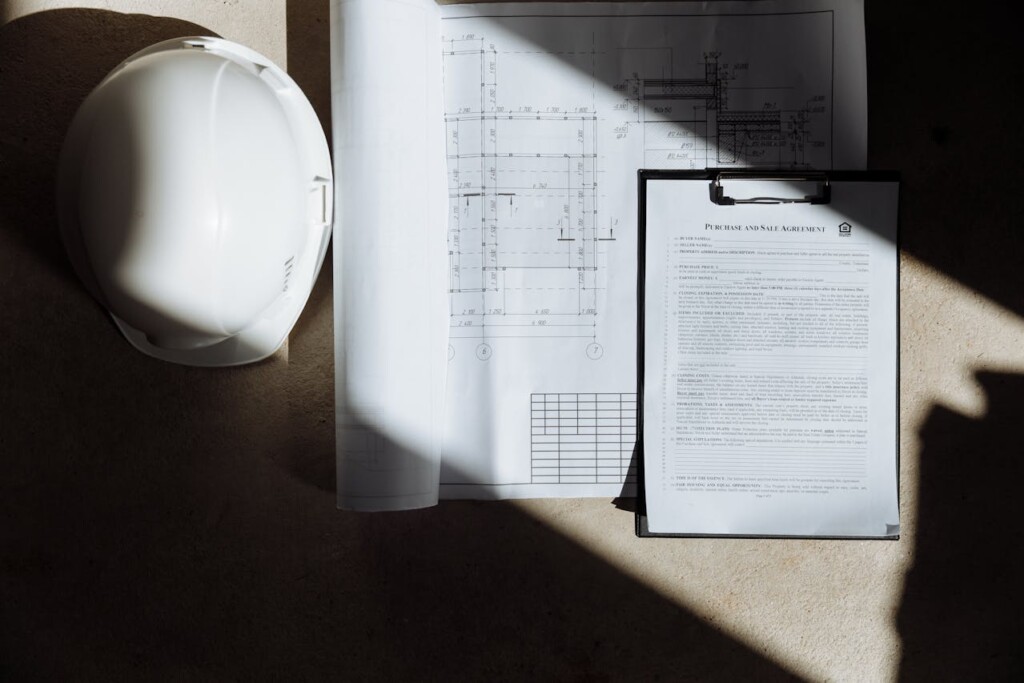
Restaurant renovations operate within a complex framework of federal, state, and local regulations. We navigate these requirements daily, ensuring compliance while maintaining project schedules. Each jurisdiction brings distinct mandates that directly impact interior construction decisions.
ADA Accessibility Requirements
The Americans with Disabilities Act mandates full accessibility in restaurant interiors. Doorway widths must accommodate wheelchairs, with minimum 32-inch clear openings. Dining areas require accessible routes with 36-inch minimum aisle widths.
Restroom facilities need grab bars, accessible sinks, and turning space for wheelchairs. Service counters cannot exceed 36 inches in height. Tables must provide knee clearance of at least 27 inches high and 30 inches wide.
Health Department Approvals For Food Preparation
Commercial kitchens face stringent health code requirements that shape our construction approach. Food preparation surfaces must use nonporous materials that resist bacteria growth. We install smooth, easily cleanable finishes like quarry tile or troweled epoxy flooring with coved base extending four inches up walls.
Hand washing stations require specific placement within food prep areas. Three-compartment sinks with drain boards accommodate the largest equipment pieces. Temperature monitoring systems verify proper food storage conditions throughout the space.
Fire Suppression And Ventilation Systems
Cooking equipment producing grease-laden vapors requires dedicated fire suppression systems. NFPA 96 standards govern ventilation control and fire protection for commercial cooking operations. These systems use wet chemical extinguishing methods that separate oil and air during emergencies.
Mechanical exhaust ventilation removes steam, heat, grease, and smoke from cooking areas. We design hood systems with proper static pressure calculations and makeup air requirements. Class-K fire extinguishers complement fixed suppression systems in kitchen areas.
Grease Management And Ductwork
Heavy-duty grease ducts require specialized materials and installation methods. Stainless steel construction withstands high temperatures and frequent cleaning cycles. Ductwork routing avoids structural conflicts while maintaining required clearances from combustible materials.
Grease traps and interceptors handle liquid waste disposal according to local building codes. These systems prevent contamination of municipal sewer systems while meeting environmental regulations.
Building Permits And Inspection Processes
We secure building permits before starting interior construction work. Permit applications include detailed plans showing structural, electrical, plumbing, and mechanical systems. Local building departments review submissions within specified timeframes, typically 10-20 working days.
Multiple inspection phases verify compliance throughout construction. Rough-in inspections occur before closing walls. Final inspections confirm all systems operate properly before occupancy approval.
| Area | Key Compliance Requirements |
| Kitchen Areas | Nonporous materials for surfaces, proper drainage, and compliance with health codes for equipment and ventilation. Fire suppression and grease management systems are crucial. |
| Dining Rooms | ADA-compliant seating arrangements, adequate aisle widths, and accessible tables. Fire safety and emergency exits must be considered. |
| MEP Systems | Dedicated circuits for equipment, proper ventilation via exhaust hoods, make-up air units, and grease management. |
| Restroom Facilities | ADA compliance, including grab bars, accessible sinks, and adequate turning space for wheelchairs. |
| Exterior Elements | ADA-compliant entryways, appropriate signage, and outdoor seating enhancements that meet local building code requirements. |
Design-Build Path For Code Compliance
When restaurant plans remain undeveloped, we lead design-build projects that integrate code requirements from the start. This approach prevents costly revisions during construction while ensuring efficient kitchen layouts that satisfy health codes and city standards.
Our team coordinates with local officials early in the design phase. We identify potential code conflicts before they impact schedules. Value engineering decisions consider both operational efficiency and regulatory compliance requirements.
How Can You Limit Downtime During A Remodel Or Build-Out?
Successful downtime management begins with understanding your operational needs and choosing the right approach for your project. We work with restaurant owners to determine whether open remodels or partial closures better serve their business model and customer base.
Open remodels allow you to maintain revenue streams while construction progresses around active dining areas. We coordinate this approach by isolating work zones and maintaining clear pathways for guests and staff. Closed remodels provide faster completion but require careful timing to minimize revenue loss during peak seasons.
Strategic Phased Construction
Phased construction keeps critical areas operational while renovating adjacent spaces. We typically start with back-of-house improvements like kitchen equipment installation and MEP upgrades when dining rooms remain active. This sequencing allows staff training on new systems before guest areas are affected.
Our teams coordinate utility tie-ins during slower periods to avoid disrupting service. When renovating dining spaces, we often work in sections, maintaining partial seating capacity throughout the project. This operational continuity helps preserve customer relationships and cash flow.
Off-Hours Work And Accelerated Schedules
Off-hours work reduces direct impact on daily operations. We schedule major demolition, equipment moves, and utility connections during closed hours or early mornings when restaurants typically see minimal activity. This approach works especially well for bars and late-night establishments with flexible morning schedules.
Accelerated timelines compress project duration through strategic resource deployment and extended work hours. We evaluate each project’s feasibility for acceleration, considering factors like permit timelines, equipment availability, and contractor capacity. Fast-track approaches require precise vendor coordination to avoid bottlenecks.
Equipment Delivery And Vendor Coordination
Timing equipment delivery prevents delays and minimizes storage challenges on active sites. We coordinate with kitchen equipment suppliers, refrigeration contractors, and POS vendors to ensure installations align with construction milestones. Early delivery can create site congestion, while late delivery extends project completion.
Utility tie-ins for new equipment require careful scheduling with local utilities and health department inspectors. We arrange these connections to occur during construction phases when disruption to existing systems has minimal operational impact. Proper coordination prevents last-minute delays that can extend closure periods.
Contingency Planning And Communication
Contingency planning accounts for unforeseen conditions that commonly arise in restaurant renovations. We build buffer time into schedules for permit delays, hidden structural issues, or equipment availability problems. This schedule management approach prevents small setbacks from derailing entire project timelines.
Quick communication keeps all stakeholders informed when changes occur. We maintain direct contact with restaurant management, providing real-time updates on progress and any adjustments to operational plans. Clear communication allows owners to adapt staffing, marketing, and customer expectations accordingly.
Conclusion And Next Steps

A successful restaurant interior build-out requires balancing multiple priorities simultaneously. We coordinate guest experience enhancements, kitchen efficiency improvements, and regulatory compliance while protecting your operational timeline. The result is a space that serves both your team and customers effectively from day one.
Your next steps follow a clear sequence. Define your scope and operational priorities first. Set budget parameters and value engineering targets that align with your concept. Confirm health department requirements and ADA compliance standards early in planning. Plan your permitting strategy and consider phased scheduling or off-hours work to minimize revenue disruption. Coordinate equipment delivery timelines and prepare systematically for final inspections to ensure operational readiness.
Ready to move forward with your restaurant build-out? Contact EB3 Construction to discuss your project scope and timeline.
